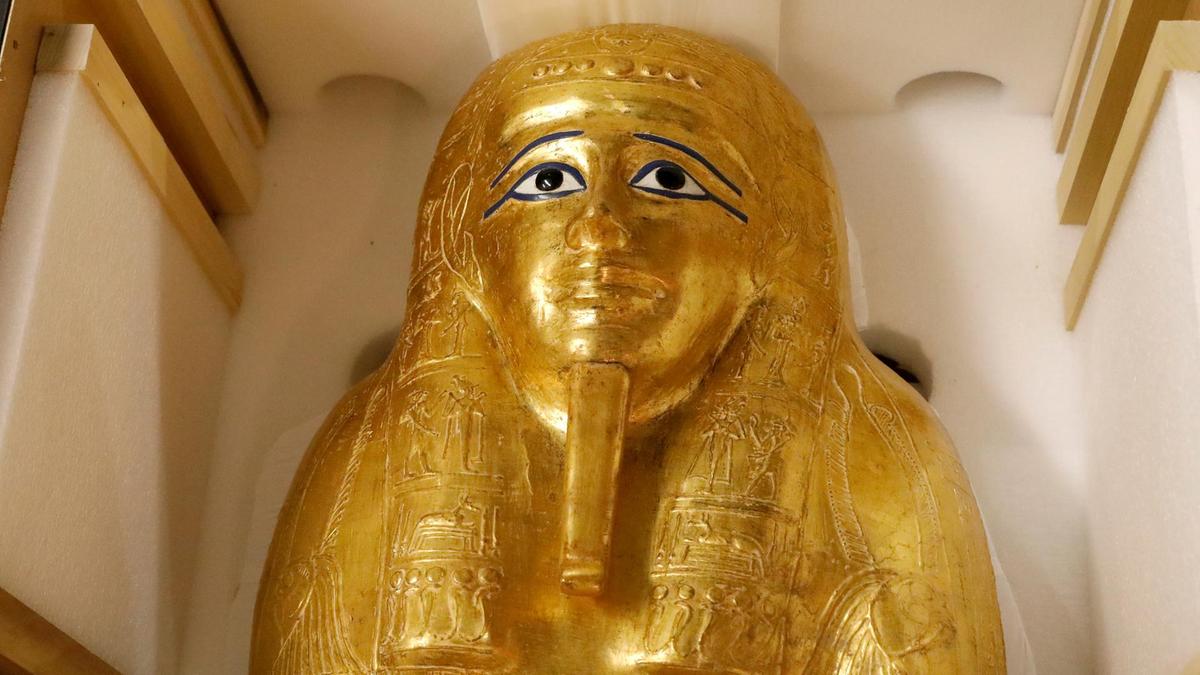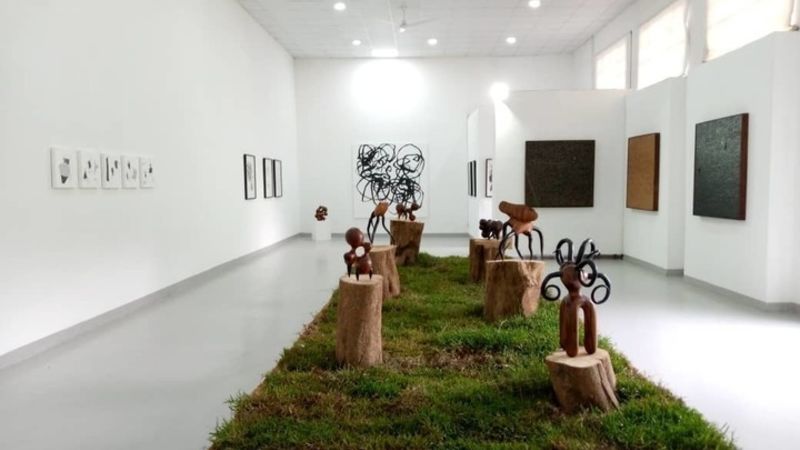Egypt’s Stolen Nedjemankh Gold Coffin Bids New York Metropolitan Museum Of Art Farewell


A few months ago the Egyptian government tried to stop the sale of King Tutankhamun statue believed to be stolen from the country. However, all efforts to stop the sale were futile. This time, it is the stolen gold coffin of Nedjemankh that is attracting attention. On September 25th, the Metropolitan Museum of Arts returned the stolen gold coffin which has been on display since its purchase. Speaking about the repatriation, Cyprus R. Vance Jr., Manhattan District Attorney, said,
“Coming as we do from all over the world, New Yorkers place a strong value on cultural heritage, and our office takes pride in our work to vigorously protect it. Returning stolen cultural treasures to their countries of origin is at the core of our mission to stop the trafficking of stolen antiquities. It is an honor for me to repatriate this extraordinary artifact back to the people of Egypt.”
Besides the Nedjemankh gold coffin, Egypt has been working hard to retrieve its stolen artifacts around the globe. In January, the country recovered a tablet with an ancient king’s royal symbol engraving. The tablet was already on the list of items for sale at the London auction house. The tablet was stolen in 1988 from an Egyptian museum and smuggled out of the country.
The journey of the stolen Nedjemankh gold coffin
The gold coffin of Nedjemankh was stolen during the 2011 Egyptian revolution from the Minya region. The traffickers shipped it to Germany for restoration before onward movement to France. However, it was given a forged 1971 Egyptian export license. The Nedjemankh gold coffin which dates back to 1st Century BC was bought for $4 million by the Met from a Parisian art dealer in July 2017. According to Sameh Hassan Shouhry, the Egyptian Minister of Foreign Affairs,
“This is not only for Egyptians but this is for our common human heritage.”
During the time the stolen gold coffin of Nedjemankh was on display at the Met museum, it was the center of attraction. However, there were 70 other items in the museum’s Egyptian collection. In February, the Manhattan District Attorney (DA)’s Office presented evidence pertaining the trafficking. Cooperating with authorities, the Met shut down the exhibit. The Antiquities Trafficking Unit has to date recovered stolen antiquities worth $150 million.
The Met Museum’s website describes Nedjemankh as a priest of the ram-headed god Heryshef. The surface of the coffin bears hieroglyphic texts and scenes that should guide the priest in the journey to eternal life.
What next?
On returning to Cairo, Egypt, the stolen gold coffin will be on display at the Grand Egyptian Museum from 2020. Authorities have not revealed the identity of any suspect. However, the Met museum spokesman identified the dealer in Paris as Christophe Kunicki.
Interesting facts about Nedjemankh’s gold coffin
The gold coffin of Nedjemankh is life-size, measuring 181 cm in length, 53 cm in width, and 28 cm in depth. It dates back to the late Ptolemaic Period and remaining symbol that hints on the burial of Nedjemankh, a priest of the ram-god Heryshaf of Nennisut.
The gold coffin combines materials like gesso, cartonnage, silver, gold, glass, resin, bronze, and wood. There is a figure of the goddess of the sky, Nut, on the inside. However, this figure is partially covered with silver foil. A djed pillar is on the base of the coffin. The exhibition at the Met provided contextual information about the priestly role of Nedjemankh in ancient Egypt.







Responses